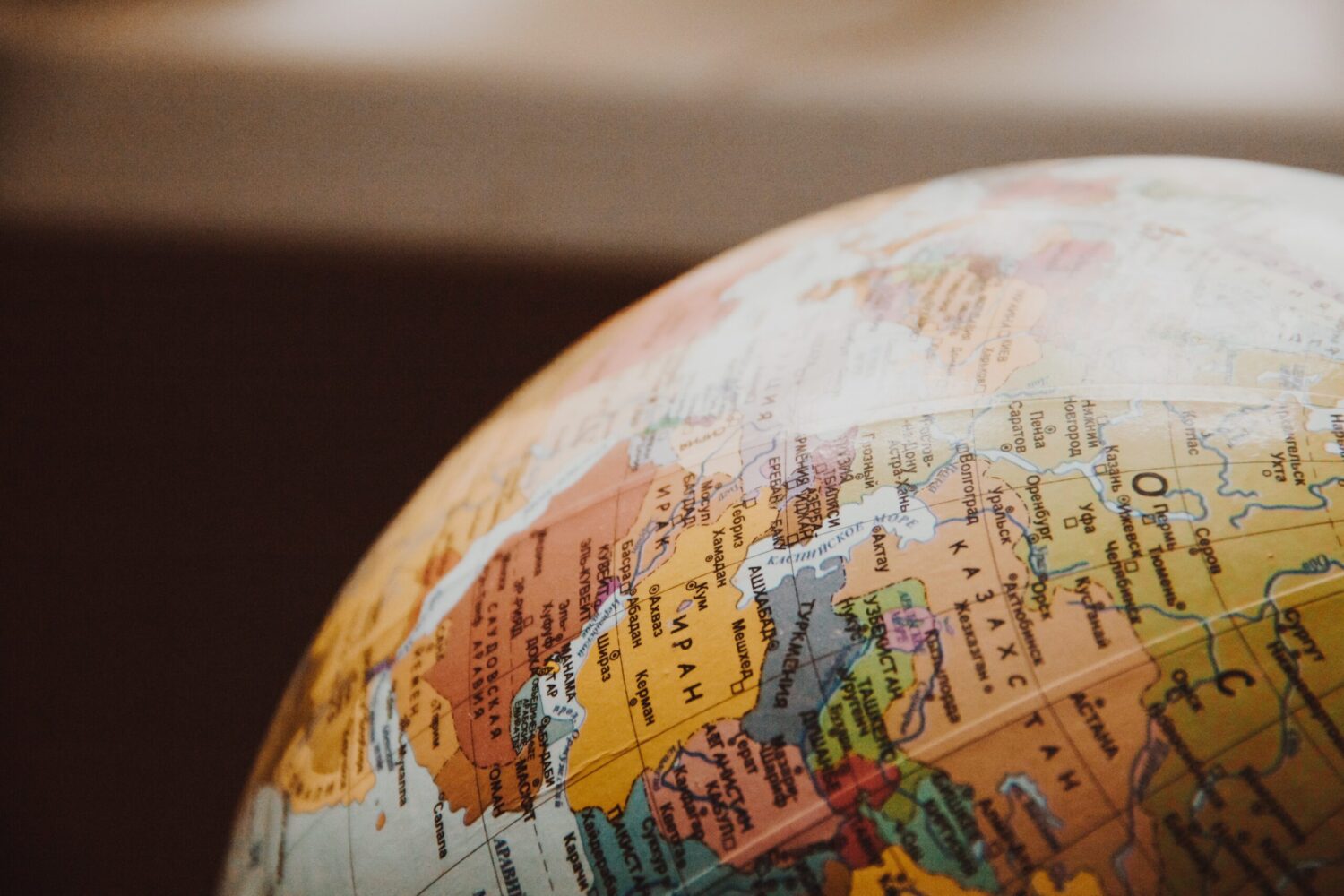“Health facilities and hospitals should be safe havens in times of crisis,” the UN Population Fund (UNFPA) said on Saturday, condemning an attack on a hospital in Khartoum.
Laila Baker, the UN Population Fund (UNFPA) regional director, said pregnant women in capital city are facing perilous conditions.
“We are acutely concerned,” she said. “There is no way we can monitor them, there is no access to safe delivery services, no way to ensure even meagre communication.
In addition, women can go into premature delivery, and complications can arise from panic, she said, adding that “the circumstances are so tenuous.”
Epicentre of violence
Two weeks of brutal fighting between the Sudanese army and the paramilitary Rapid Support Forces (RSF) have turned Khartoum, the epicentre of the violence, into a warzone and thrown the country into turmoil.
More than 500 people have been killed and hundreds of thousands forced to leave their homes, either within the country or across borders to neighbouring Central African Republic, Chad, Egypt, Ethiopia, and South Sudan.
Many of those fleeing have already been displaced multiple times due to political instability, hunger and climate crises, with untold numbers taking refuge in unsafe, crowded and unsanitary makeshift camps.
Health sector collapsing
Only one in four health facilities in Khartoum are fully operational, with most damaged only partially functioning, leaving millions of people without access to critical care, UNFPA said.
Dozens of attacks on hospitals, healthcare staff and ambulances, alongside widespread looting of already scarce medical supplies, water, fuel and electricity, are pushing the health sector to the brink of collapse.
Severe supply shortages
“We have a severe lack of supplies in Khartoum, especially oxytocin and umbilical clips,” said Jamila, a midwife working in a UNFPA-supported health centre in Khartoum. “Although services continue for the time being, we are praying for more supplies to arrive soon.”
Blood, oxygen, and other medical necessities, such as fuel for ambulances, are also running dangerously low.
Despite the catastrophic circumstances, those hospitals and health centres still functioning – and standing – are proving to be a lifeline for pregnant women and new mothers.
Where access is jeopardized, community midwives and skilled birth attendants trained by UNFPA are supporting pregnant women to give birth in the safety of their homes.
Midwives play key role
For women and girls, including the estimated 219,000 who are currently pregnant in Khartoum alone, not receiving essential health services could prove life threatening.
Access to midwives is the single most important factor in stopping preventable maternal and newborn deaths.
Some 24,000 women are expected to give birth in the coming weeks, in the throes of chaos and bloodshed, making it extremely hazardous for them to seek essential antenatal care, safe delivery services, or postnatal support.
Refugees fleeing the conflict in Sudan seek shelter under a tree in the village of Koufroun, in neighbouring Chad.
Fighting threatens safe deliveries
Incessant fighting in the Jabal Awliya village in Khartoum State has severely affected reproductive health care.
“We have designated phone numbers to receive requests for home births, and a midwife goes to perform the delivery,” said Saadya, a midwife working in Jabal Awliya. “We are able to accept all requests for now.”
With continued strikes on infrastructure, there is a risk of electricity lines being cut and even these emergency hotlines being severed for people in dire need.
Some 90 UNFPA-trained community midwives are currently assisting pregnant women and girls to give birth safely, mainly at home, in the Kalakla, Jabal, Naser and Al Azhari areas of Khartoum.
Over the past two years, UNFPA has trained 460 midwives who are reaching even remote communities, including in humanitarian crises, building trust and delivering high-quality maternal health services.
Surge in gender-based violence
There are also alarming reports of surging forms of gender-based violence – sexual violence against women and girls fleeing the fighting, domestic abuse fuelled by movement restrictions and tension, and women and girls being targeted when they go out to get supplies.
In response to the rising risks for some 3.1 million women and girls who were already at risk of violence before the current crisis, efforts are underway to train service providers to provide remote psychosocial support.
Prior to the current crisis, UNFPA distributed supplies for more than 19,000 safe births and supplies to meet the reproductive health needs of more than 45,000 people, including for the clinical management of rape and treating sexually transmitted infections.
UNFPA partners are currently making sure these reach those health facilities and hospitals that are still functioning across Sudan.
Heading to a breaking point
Sudan was already one of the world’s most impoverished countries before the conflict broke out, with one third of the population in need of humanitarian assistance and facing acute hunger.
The recent violence and attacks on health centres are a violation of international law and the right to health, the agency said.
As the situation reaches breaking point, and despite mounting risks, UNFPA said it will continue to assist safe births, seek protection for vulnerable women and girls, and support midwives to save lives.
Learn more about what UNFPA here.













